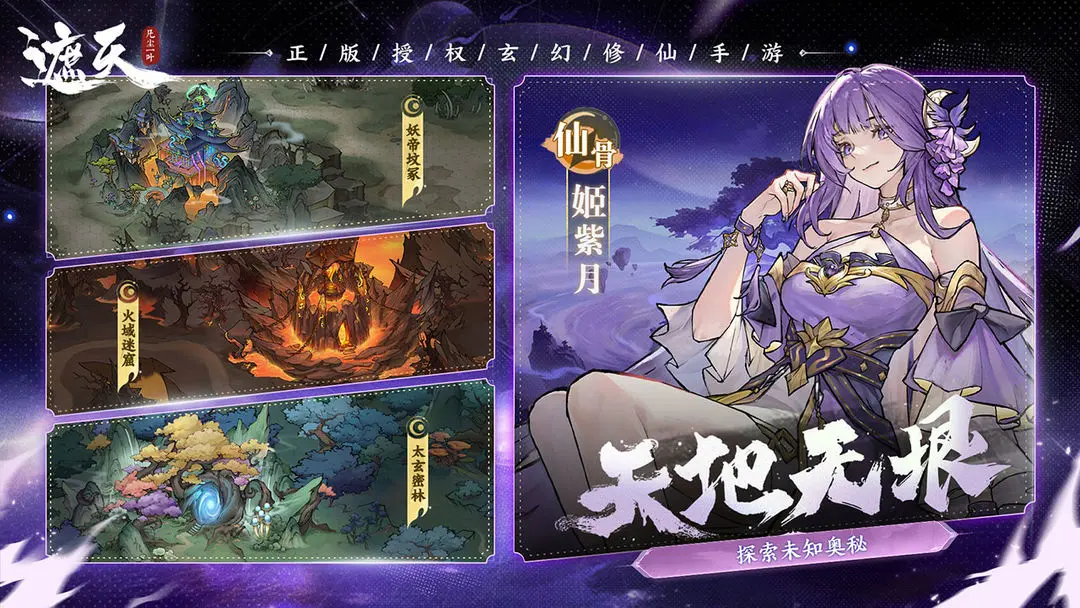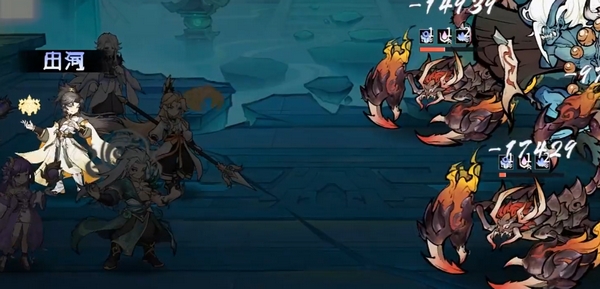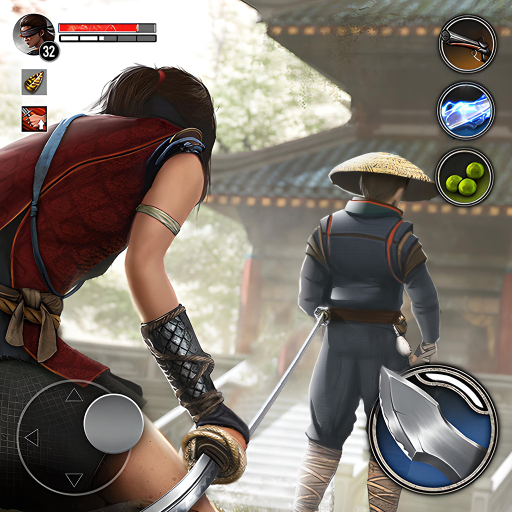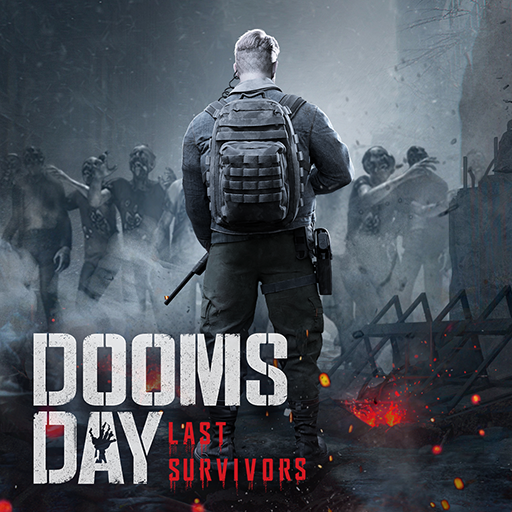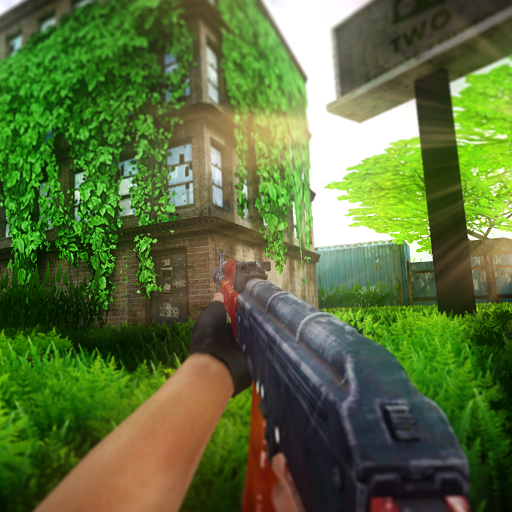Today, we bring to you the Sunset Hill Light Bulb Mission Guide. Sunset Hill is a single-player puzzle game that emphasizes narrative-driven and detail-oriented interactions. The "Light Bulb Mission" in Chapter 2 is particularly representative, showcasing the game's high level of refinement in structural design, environmental logic, and mission flow. This mission is not simply about picking up and using items; instead, it is a complex process built on the integration of multiple clues, tool combinations, scene interactions, and plot triggers. From start to finish, each step has clear goal orientation and detailed feedback, with tight logic and clear layers.
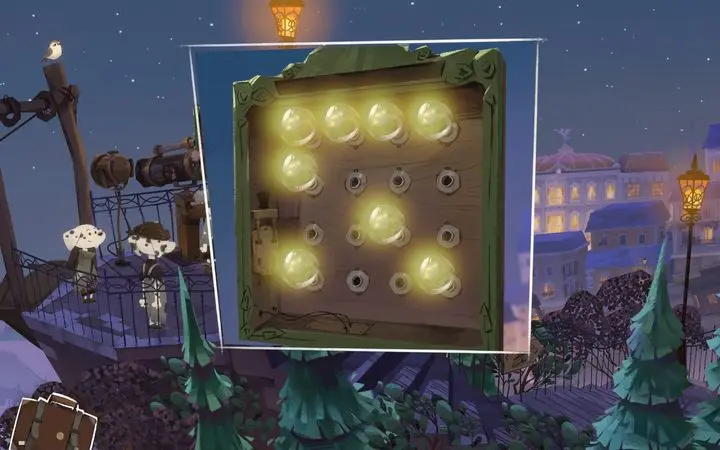
The mission begins on the rooftop of the old city. Players need to find two key items indoors: broken glass and a screwdriver. After using the screwdriver to open the wall device, they obtain a hook and a towel, which can be combined into a "towel hook." This synthesis process tests the player's observational skills and common sense, realistically simulating the use of tools in everyday scenarios. Upon entering the rooftop area, players must locate the power control switch based on the wiring on the wall, cut off the power, and then use the towel hook to retrieve the hanging tape from outside the window. This operation involves cross-level interaction within the scene space, which is a significant feature of this mission.

After obtaining the tape, the player returns indoors to repair the wires, eliminating safety hazards for the subsequent light bulb installation. Then, the protagonist successfully obtains the light bulb and prompts the child outside the window to turn off the radio by shaking the light bulb. This design strengthens the interactive mechanism between the player's actions and NPC responses, giving static scenes dynamic response capabilities, thereby enhancing the realism and depth of interaction in the scenario.
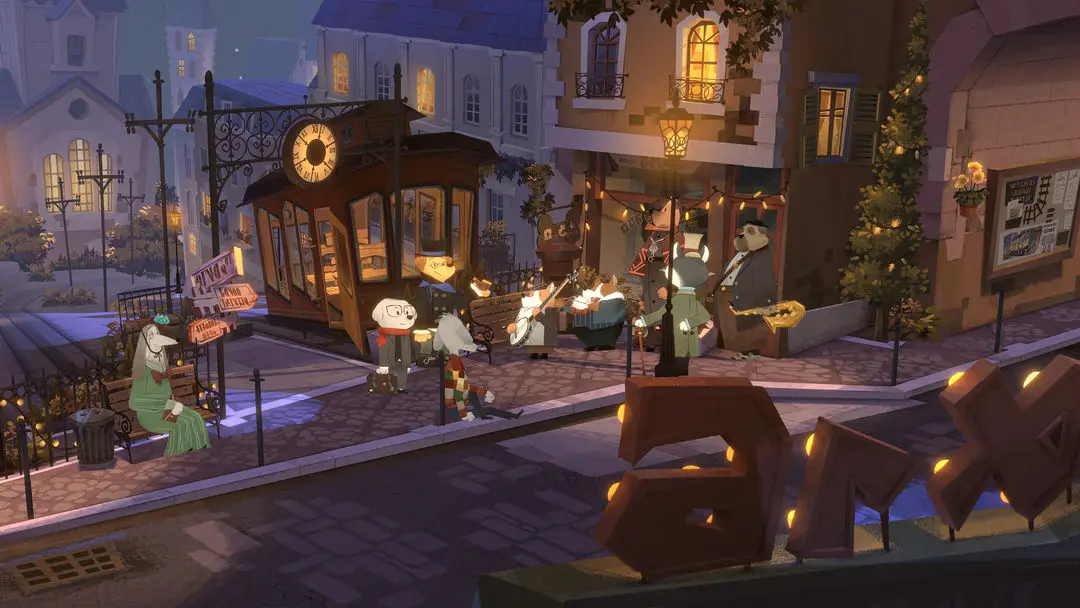
Subsequently, the player enters the theater scene to continue the mission chain. At this stage, players are required to operate a ladder and enter the ceiling duct area, following path cues to the correct position to install the light bulb. This phase not only tests the player's memory and judgment of the route but also imposes conditional requirements on whether relevant tasks have been completed earlier, such as exploration in the old city. If these tasks are not completed, the player will not be able to advance through this part of the process.
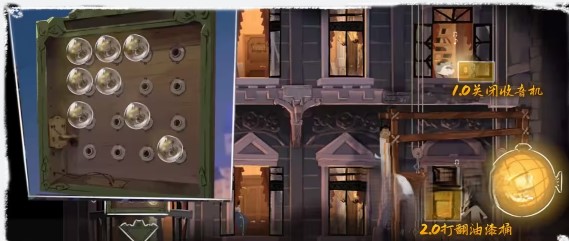
The "Light Bulb Mission" spans multiple areas and key points, serving as one of the main content threads driving the story in Chapter 2. Its difficulty does not stem from complex operations, but rather from the organic integration of multi-objective, multi-area task elements, placing high demands on the player's ability to filter and judge information. The origin and destination of every item, and the detailed interactions in every scene, all provide groundwork for the subsequent plot, demonstrating the highly systematic level design of this work.
